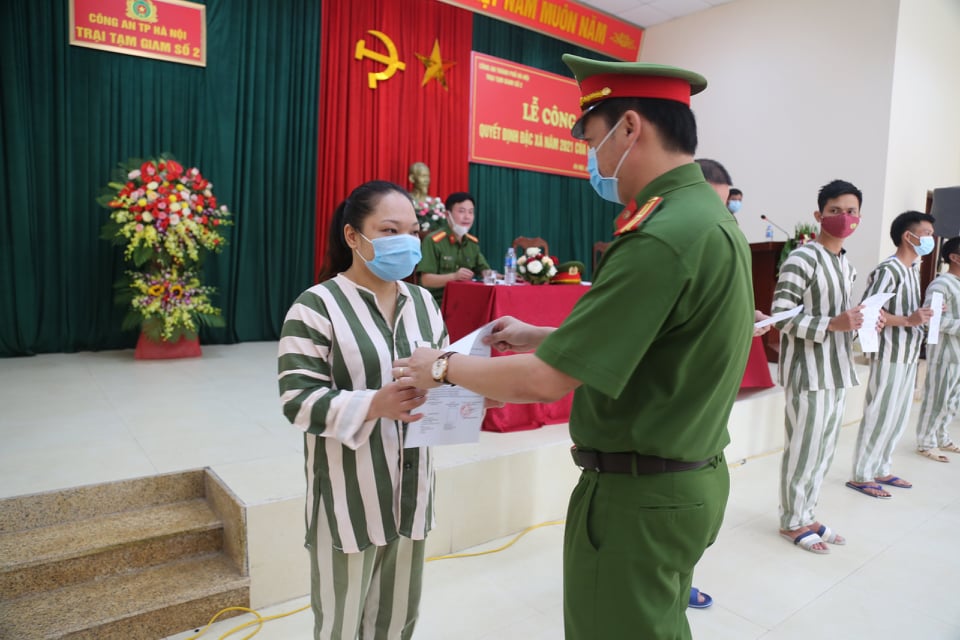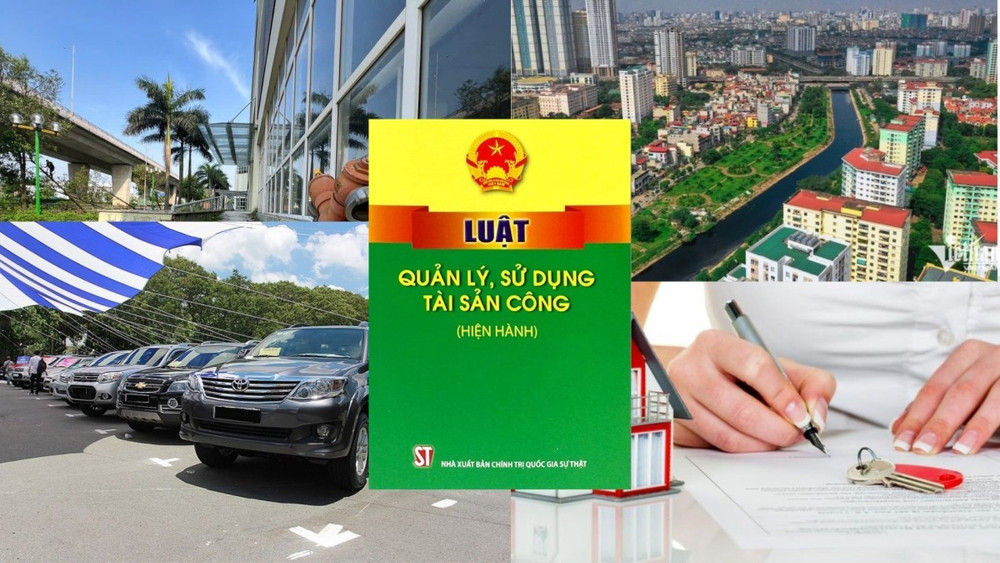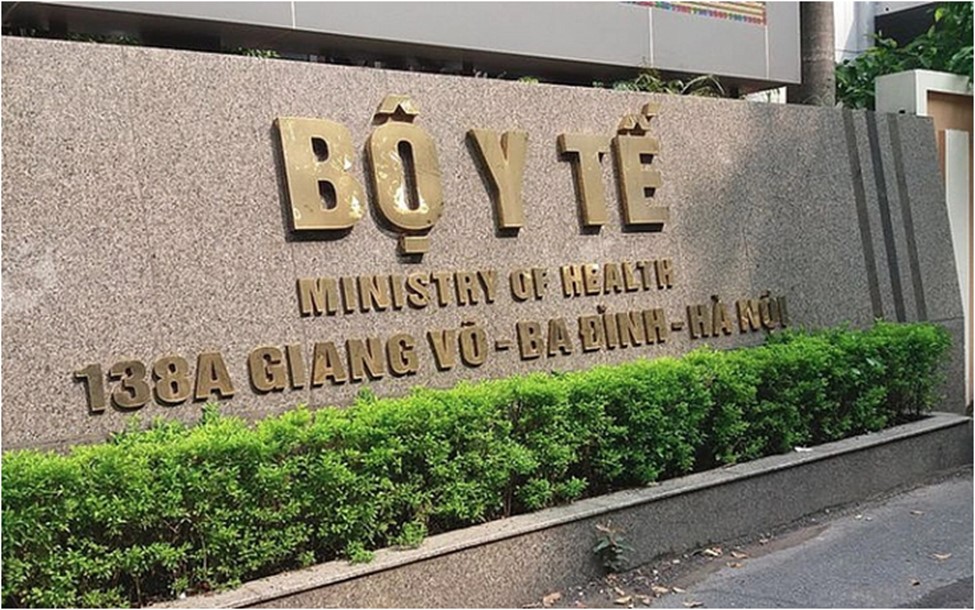Details of method for day and night long-distance hydrological observation in Vietnam
This is a notable content in Circular 08/2020/TT-BTNMT of the Ministry of Natural Resources and Environment regulating the technical methods of hydrometeorological monitoring in Vietnam.

Details of method for day and night long-distance hydrological observation in Vietnam (Illustrative image)
To be specific, Article 7 of Circular 08/2020/TT-BTNMT stipulates the method for day and night long-distance hydrological observation in Vietnam as follows:
For day-time long-distance visibility observation in Vietnam:
- Long-distance visibility observation towards the mainland is conducted at the regulated position; sequentially observe long-distance visibility over 9 focal points, beginning from the closest to the farthest focal point; determine which focal point is visible and which is not; the visibility range is determined based on the distance between two consecutive focal points and defined from level 0 to 9 as stipulated in Table 2 of Appendix II issued together with Circular 08/2020/TT-BTNMT;
- In case there are enough focal points for sea visibility observation, the focal points chosen can be capes, islands, buoys, lighthouses, and ship smokestacks or other predetermined landmarks; in the absence or shortage of focal points towards the sea, the visibility range is determined based on the clarity of the horizon as stipulated in Table 3 of Appendix II issued together with Circular 08/2020/TT-BTNMT;
- If long-distance visibility does not allow for seeing the horizon, the sea surface visibility must be estimated by eye or binoculars;
- If the long-distance visibility varies in different directions, the observation log will record the worst visibility and the visibility limit;
- When the long-distance visibility is less than 4 km (from level 5 downwards), the log must include additional symbols of phenomena limiting visibility (fog, mist, rain).
For night-time long-distance visibility observation in Vietnam:
- Long-distance visibility observation towards the mainland and the sea when there are focal points: The observer goes to the regulated position to acclimate to the darkness for 10 to 15 minutes before conducting the observation; the observation method is implemented according to the provisions in point a, clause 1, Article 7 of Circular 08/2020/TT-BTNMT;
- In the absence of sufficient focal points, the visibility must be determined one or two hours before sunset (depending on weather conditions); if no phenomenon reduces visibility at the observation time, 7 pm’s visibility will be taken; the observation method is implemented according to the provisions in point a, clause 1, Article 7 of this Circular.
Note: Long-distance visibility observation with automatic equipment: data is automatically measured and transmitted 24 times/day or as required.
For details, refer to Circular 08/2020/TT-BTNMT, which comes into force in Vietnam from October 26, 2020.
Le Vy
- Key word:
- observation
- Vietnam
- Number of deputy directors of departments in Vietnam in accordance with Decree 45/2025/ND-CP
- Cases ineligible for pardon in Vietnam in 2025
- Decree 50/2025 amending Decree 151/2017 on the management of public assets in Vietnam
- Circular 07/2025 amending Circular 02/2022 on the Law on Environmental Protection in Vietnam
- Adjustment to the organizational structure of the Ministry of Health of Vietnam: Certain agencies are no longer listed in the organizational structure
- Vietnam aims to welcome 22-23 million international tourists in Vietnam in 2025
-

- Number of deputy directors of departments in Vietnam ...
- 15:04, 05/03/2025
-

- Cases ineligible for pardon in Vietnam in 2025
- 14:43, 05/03/2025
-

- Decree 50/2025 amending Decree 151/2017 on the ...
- 12:00, 05/03/2025
-

- Circular 07/2025 amending Circular 02/2022 on ...
- 11:30, 05/03/2025
-

- Adjustment to the organizational structure of ...
- 10:34, 05/03/2025
-

- Notable new policies of Vietnam effective as of ...
- 16:26, 11/04/2025
-
.Medium.png)
- Notable documents of Vietnam in the previous week ...
- 16:21, 11/04/2025
-
.Medium.png)
- Notable documents of Vietnam in the previous week ...
- 16:11, 02/04/2025
-
.Medium.png)
- Notable new policies of Vietnam to be effective ...
- 16:04, 02/04/2025
-
.Medium.png)
- Notable new policies of Vietnam effective from ...
- 14:51, 21/03/2025
 Article table of contents
Article table of contents
